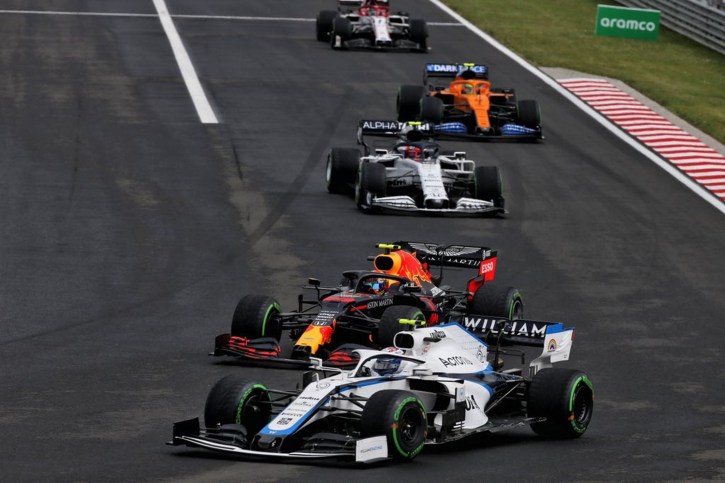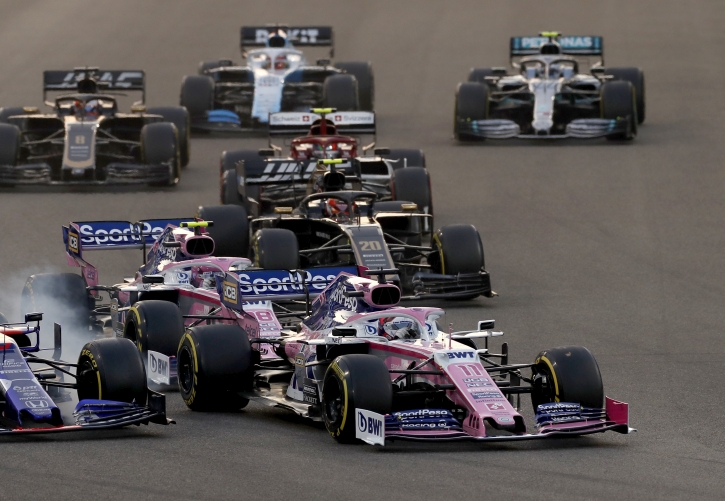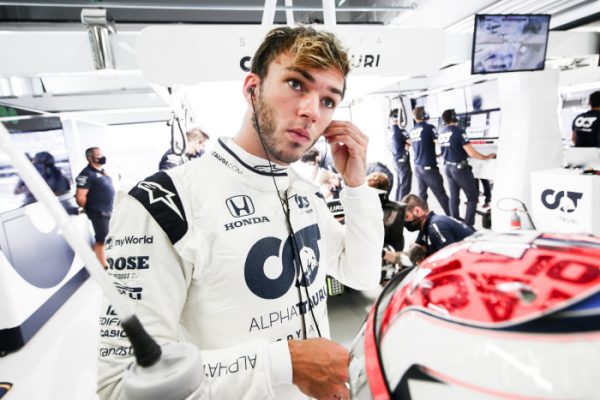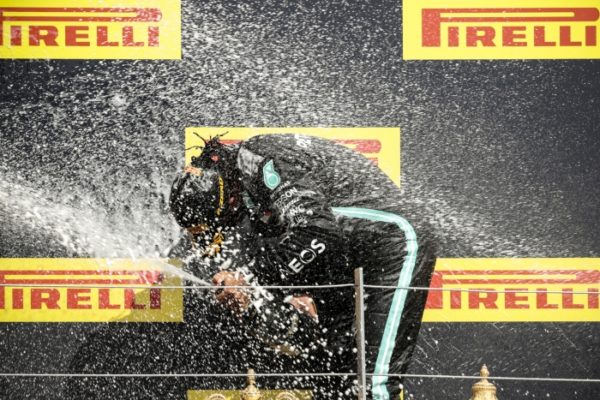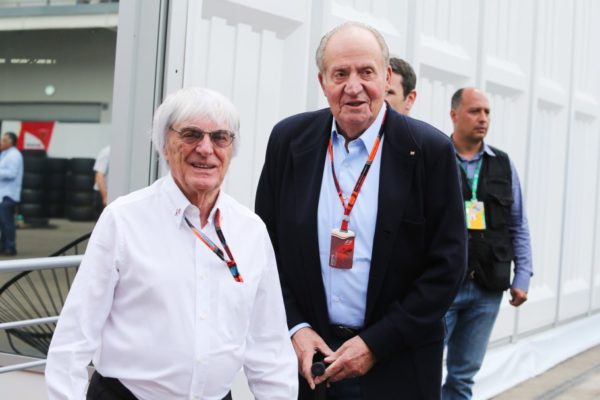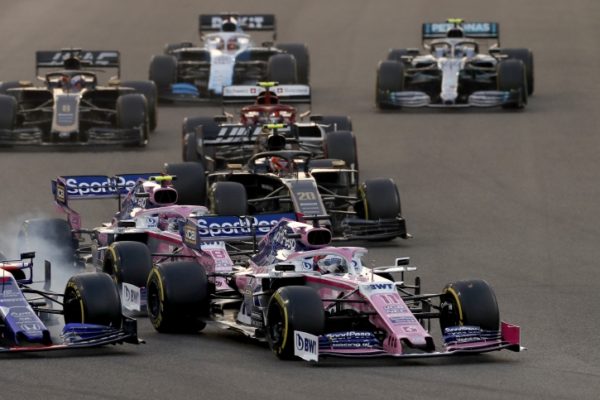Interlagos will see the last race of the 2006 Formula One Grand Prix season. It’s a momentous occasion for more reasons than that though, as the Formula One world bids a sad farewell to three stalwarts that have been an integral part thereof – some for longer than others.
The Man
We’ll start with the youngest and probably most publicised: One Michael Schumacher. His first Grand Prix was the 1991 race at the legendary Spa Francorchamps and his last Grand Prix will be Brazil 2006 – where he will make a last ditch effort at an eighth drivers’ world championship that will ride more on luck than skill. Michael Schumacher is, of course, a lucky driver, so don’t write him off yet. In between these two Grands Prix he has won seven championships, ninety one races and many fans. He has also made many enemies with his often dirty tactics and flagrant double standards. Love him or hate him though, he has had an immense impact on the sport. What most of the come-lately “fans” will not know is that his success and also impact on the sport had less to do with driving talent, and more to do with his ability to develop both car and team. Michael took all the key figures that he worked with along with him when he moved from Benetton to Ferrari and his ability to give excellent feedback on his car to designers and engineers is renowned in motor sports circles world wide.
Will lady luck smile upon him once more come Sunday? We wait and see…
The Money
Our second long-time pundit is British American Tobacco, who has been sponsoring Formula One in various forms since the 60’s. Their involvement in Formula One reached its zenith when they purchased Tyrrell in 1997 and renamed it British American Racing for the 1999 season. Running mostly Lucky Strike colours, the team met with more success than Tyrrell had in their last years in the sport but certainly not as much as they had hoped. Their stint as team owners ended in 2004 when they sold the team to Honda, but their sponsorship remained. Increasingly stiff tobacco advertising legislation has finally forced them out of the sport though, and we say good bye to them at Brazil. While tobacco advertising remains a controversial topic, the Formula One world can only thank BAT for the millions, possibly billions, of dollars that they contributed to our favourite sport over the years. We bid them a fond farewell.
The Power
The last, and for many the saddest, is Cosworth. Over the years, Cosworth has become synonymous with motor racing, and also Formula One. Cosworth hit Formula One with a bang after the visionary Colin Chapman approached the Ford Motor Company with an engine design idea. The engine had to be developed in such a way that it could be fully stressed – in other words, he wanted to use it as a structural part of the car. Ford, in turn, approached Keith Duckworth of Cosworth Engineering, contracting him to design and build an engine that would conform to Chapman’s requirements. The legendary DVF (Double Four-Valve) engine was born.
Colin Chapman entered the 19F1 in general season with his Cosworth DFV V8-powered Lotus 49. Two Lotus 49’s took pole and the race win in the DFV’s Formula One debut – in the hands of none other than Graham Hill and Jim Clark respectively. While the 49/DFV package proved the better of any other package on the grid for sheer pace, reliability problems negated its superiority in that first year. Duckworth addressed those quickly though and, with Chapman’s monopoly on the engine gone after ’F1 in general, the DFV went on to massive success in F1. The list of teams who once used this engine sounds like the who’s who in F1 – Brabham, Hesketh, Ligier, Lotus, March, Matra, McLaren, Tyrrell and Williams to name but a few. In the 1969 and 1973 years every single Formula One World Championship race was won by a DFV-powered car. In short, the engine effectively dominated the sport for more than a decade. It was only the advent of Turbos that saw an end to the DFV mill as nothing could compete with the massive output of the new force-fed 1.5’s. In all, the DFV provided the horses behind no fewer than ten World Drivers’ Championships, not to mention ten Indy 500 victories across the pond.
Cosworth also powered Michael Schumacher to his first Drivers’ World Championship – a Zetec V8 nestled in the back of his Benetton. In 1998, the Ford-branded engine in the back of the Stewart cars (who later became Jaguar and then Red Bull Racing), was widely believed to be the most powerful engine on the grid.
The V10 to V8 rule changes (as discussed in our V8 vs V10 article) again saw Cosworth show its engineering excellence as it was the first to hit the 20 000 rpm mark.
With Red Bull Racing opting for Renault and Ferrari engines in the vehicles of their two respective teams and the FIA recently granting Ferrari permission to supply a customer team in 2008, Cosworth seems to be out of Formula One for the foreseeable future. We hope, one day, to see them back.
Edu de Jager
DailyF1News.com
For all the columns by this author, click here
